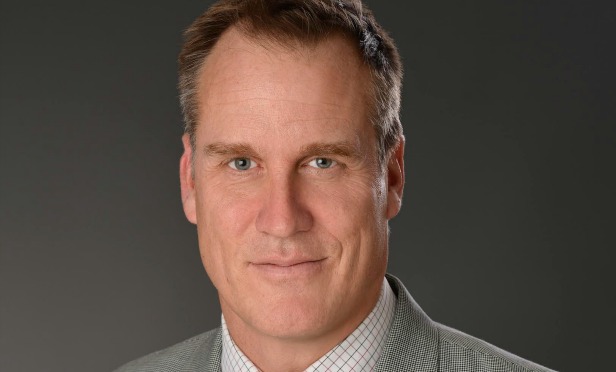 Downtown Central Business Improvement District Nick Griffin GlobeSt.com: The Downtown L.A. market has evolved tremendously, but you have said that the renaissance is still in its infancy. What real estate sectors are you focusing on as the renaissance moves into its next phase? Nick Griffin: GlobeSt.com: How are you planning to help support growth in the office market? Griffin: GlobeSt.com: Why are you focused on growing the creative office sector? Griffin: Griffin: How has office ownership changed this cycle? Griffin:
Downtown Central Business Improvement District Nick Griffin GlobeSt.com: The Downtown L.A. market has evolved tremendously, but you have said that the renaissance is still in its infancy. What real estate sectors are you focusing on as the renaissance moves into its next phase? Nick Griffin: GlobeSt.com: How are you planning to help support growth in the office market? Griffin: GlobeSt.com: Why are you focused on growing the creative office sector? Griffin: Griffin: How has office ownership changed this cycle? Griffin:© Touchpoint Markets, All Rights Reserved. Request academic re-use from www.copyright.com. All other uses, submit a request to [email protected]. For more inforrmation visit Asset & Logo Licensing.






